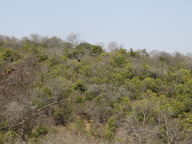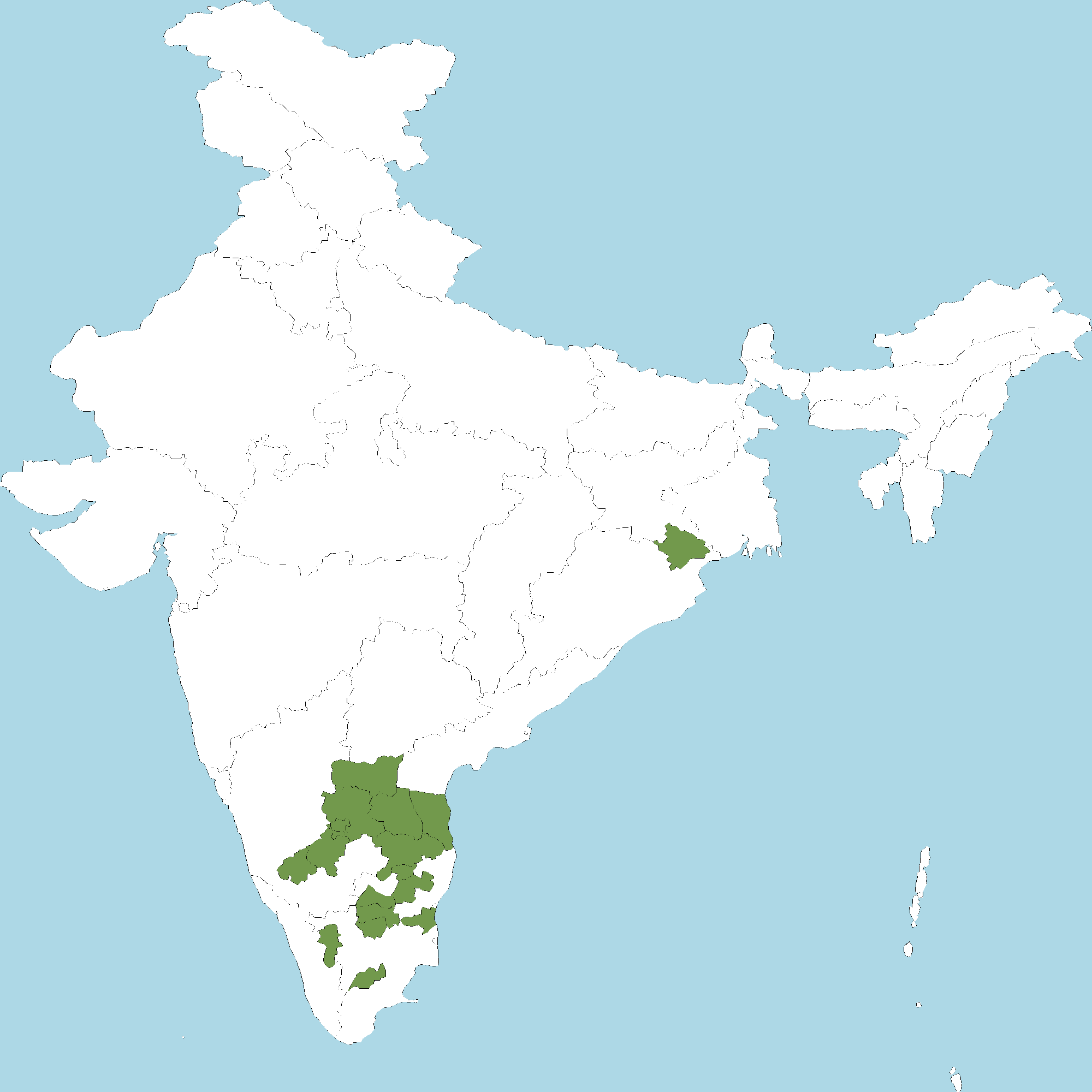- Family : DIPTEROCARPACEAE
(Dipterocarpus Family)
- Family (Hindi name) : SAKHU FAMILY
- Family (as per The APG System III) : Dipterocarpaceae
- Synonym(s) : Anthoshorea harmandii (Pierre ex Laness.) Pierre; Hopea floribunda Wall.; Saul iallarea Roxb. ex Wight & Arn.; Shorea attopoensis Pierre; Shorea cochinchinensis Pierre; Shorea cochinchinensis var. saigonensis Pierre; Shorea floribunda Kurz; Shorea harmandii Pierre ex Laness.; Shorea laccifera B.Heyne ex Wall.; Shorea laurifolia Wall. ex Steud.; Shorea robusta Roth; Shorea robusta A.DC.; Shorea saigonensis (Pierre) Pierre; Shorea talura Roxb.; Shorea talura var. saigonensis (Pierre) Smitinand; Vatica laccifera Wight & Arn.
- Species Name (as per The IPNI) : Anthoshorea roxburghii (G.Don) P.S.Ashton & J.Heck.
- Common name : White Meranti, Talura lac Tree, Sal Tree, Salwood
- Vernacular name :
- Saal, Shaal (Hindi)
- Jalari, Thalli, Jalada (Kannada)
- Kungilium, Jalari, Talura (Tamil)
- Talaru, Talari, Jalari (Telugu)
- Saal, Aswakarnah (Sanskrit)
- Habit : Tree
- Habitat : Tropical dry deciduous forests
- Comments / notes : Occasional in deciduous forests above 800m. Flowers are fragrant and used to decorate hair by local women. Resin is used as an incense
- Key identification features : Bark grey with longitudinal fissures. Fruit winged
- Flower, Fruit : February-May
- Collector(s) Name : B.R.Ramesh, P.Prakash; T.P.Ramamoorthy
- Collection Date : 14-04-1979, 25-01-1971
- Collection Nos : KFP 6714, HFP 1280
- Collection Locality : Near Maralu Bavi, Devrayanadurga, Tumkuru district; Nagpuri, Hassan district
- Distribution :
- Andhra Pradesh : Venkatagiri Hills (S.P.S. Nellore district), Kurnool district (Kurnool district), Kadapa district (Y.S.R. Kadapa district), Ananthapur district (Anantapur district), Tirumala Hills (Chittoor district)
- Karnataka : Tumakuru district (Siddarabetta), Hassan district
- Odisha : Mayurbhanj district
- Tamil Nadu : Kolli Hills (Namakkal district), Shevaroy Hills (Salem district), Javadu Hills (Tiruvannamalai district), Kalrayan Hills (Salem district), Yelagiri Hills (Vellore district), Melagiri Hills (Dharmapuri district), Coimbatore district, Madurai district, The Nilgiri district, Villipuram district, Cuddalore district
- Native : Cambodia, India, Laos, Malaya, Myanmar, Thailand, Vietnam
- Exotic/Native : Native
- World Distribution : Cambodia, India, Laos, Malaya, Myanmar, Thailand, Vietnam
- Conservation Status : Endangered (EN)
- Literature :
- Pullaiah et al., 2002 - Flora of Eastern Ghats Vol. 1
- H.O. Saxena & M. Brahmam, 1994- Flora of Orissa Vol. 1
- R. S. Rao and S. H. Sreeramulu, 1986 - Flora of Srikakulam District
- H. O. Saxena and M. Brahmam, 1989 - The Flora of Similipahar (Similipal), Orissa
- IUCN Red List of Threatened Species. Version 2014.1.
- Sudhakar Reddy, C et al., 2009. Tree Wealth of Eastern Ghats of Andhra Pradesh, India
- Franklin Benjamin & G.V.S.Murthy, 2013. Flora of Sri Venkateswara National Park, Andhra Pradesh, BSI.
- Matthew, K.M., Flora of Tamil Nadu Carnatic, Vol.3 (1). Diocesan Press, Madras. 1983
- Henry, Kumari & Chithra (1983). Flora of Tamil Nadu, India vol. 1.
- Read more :
- Permalink : http://indiaflora-ces.iisc.ac.in/plants.php?name=Shorea roxburghii
- Citation : Sankara Rao, K., Deepak Kumar (2025). India Flora Online. http://indiaflora-ces.iisc.ac.in/plants.php?name=Shorea roxburghii. Downloaded on 5 January 2026.
|
|
Botanical Description
|
 |
 |
 |
 |
Herbarium Specimen(s)
|
 |
 |
Line Drawings
|
 |
 |
Field Image(s)
|
 |
 |
.jpg) |
.jpg) |
.jpg) |
.jpg) |
.jpg) |
 |
 |
 |
 |
Habitat
|
 |
Distribution District wise
|
 |
India Distribution
|
 |
World Distribution
|
 |
|


